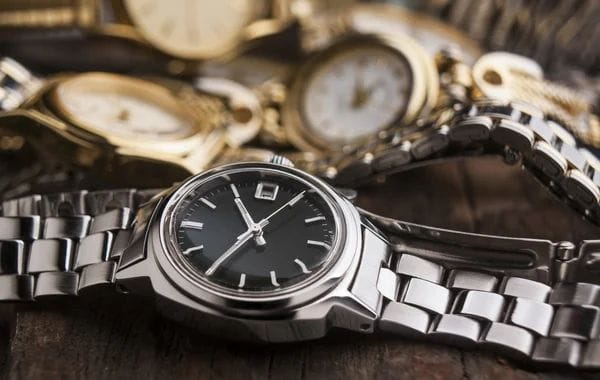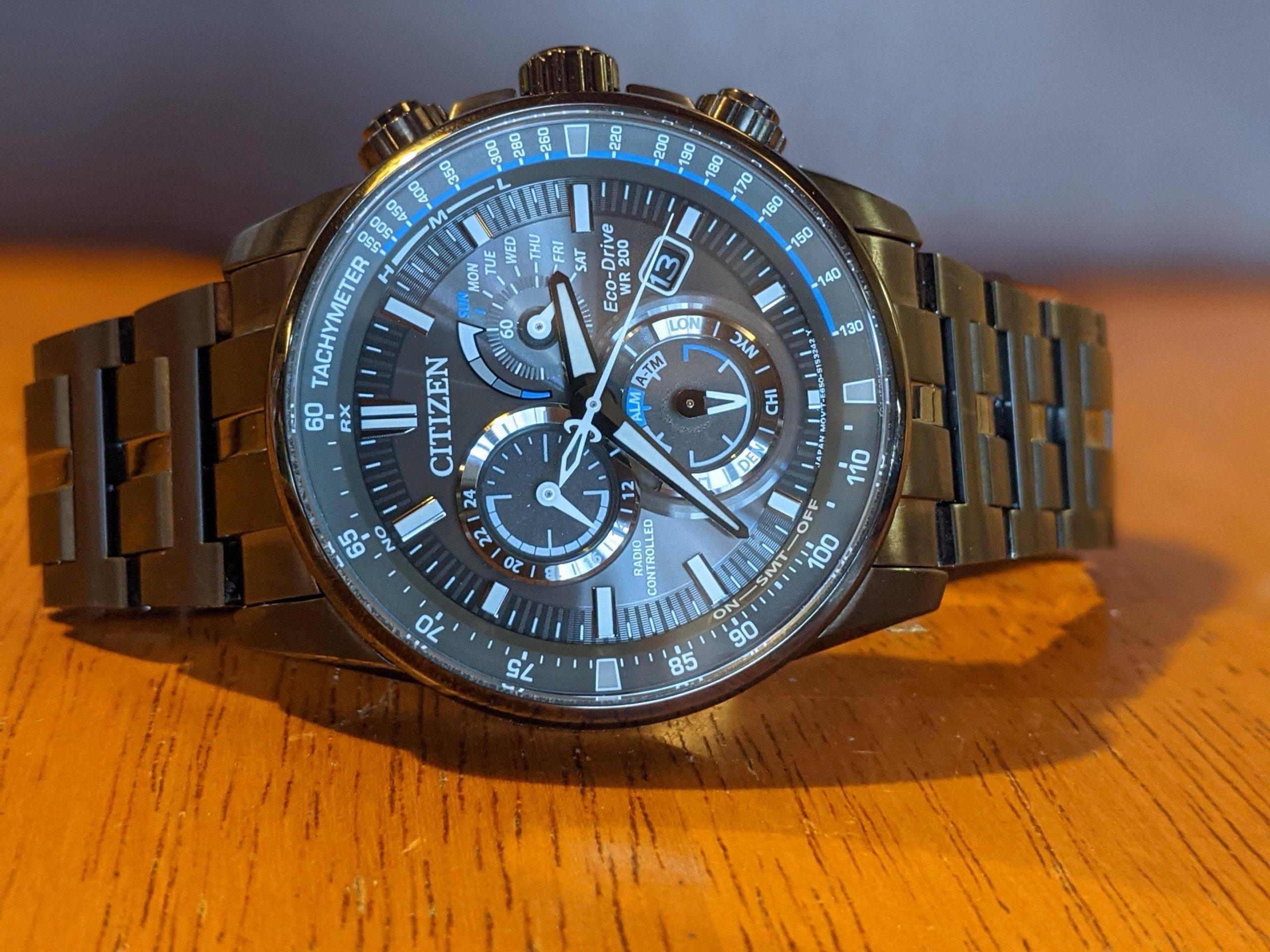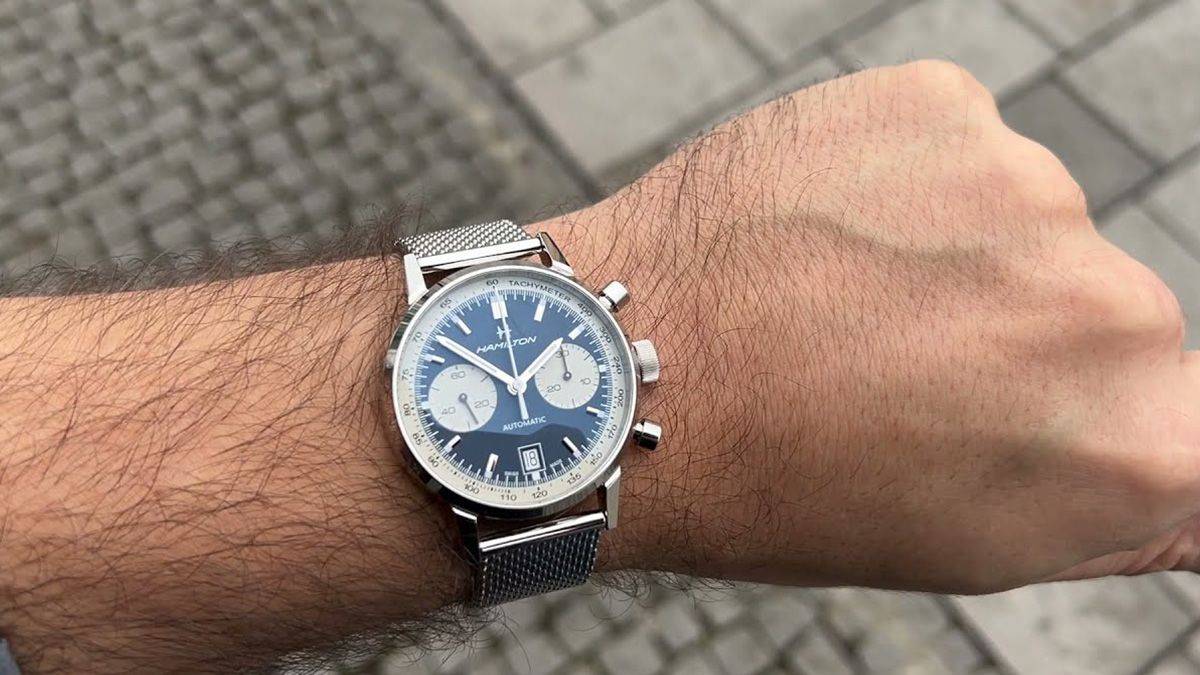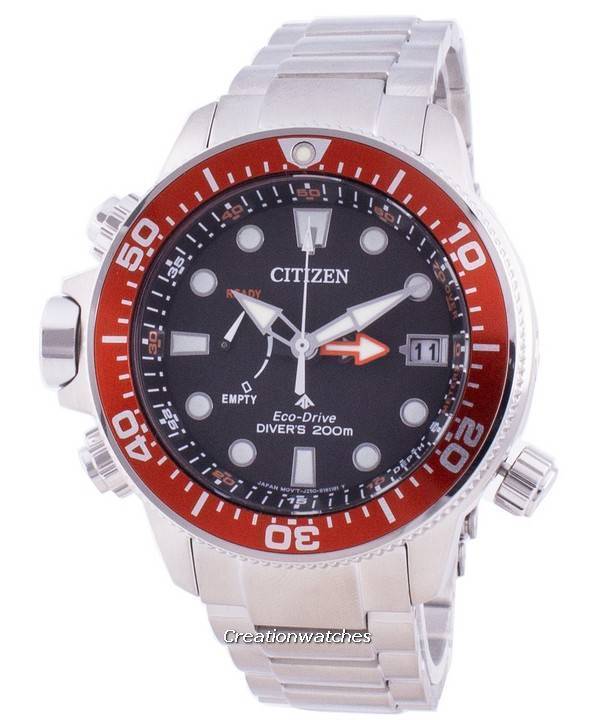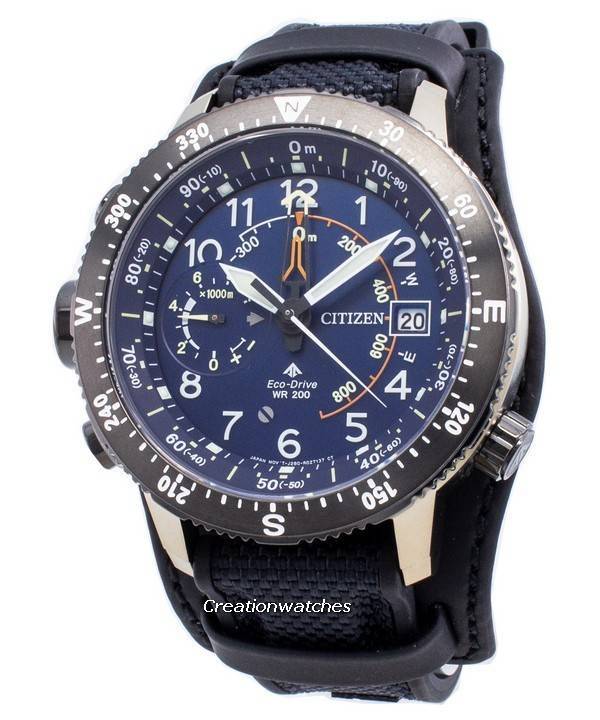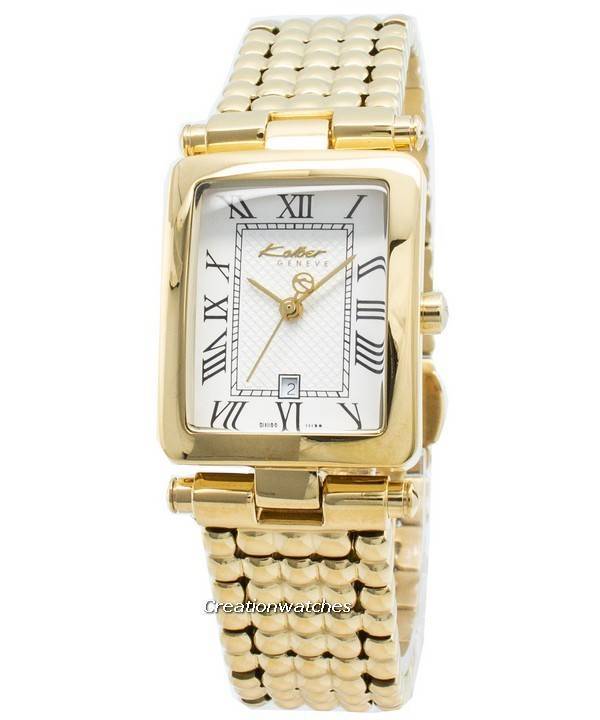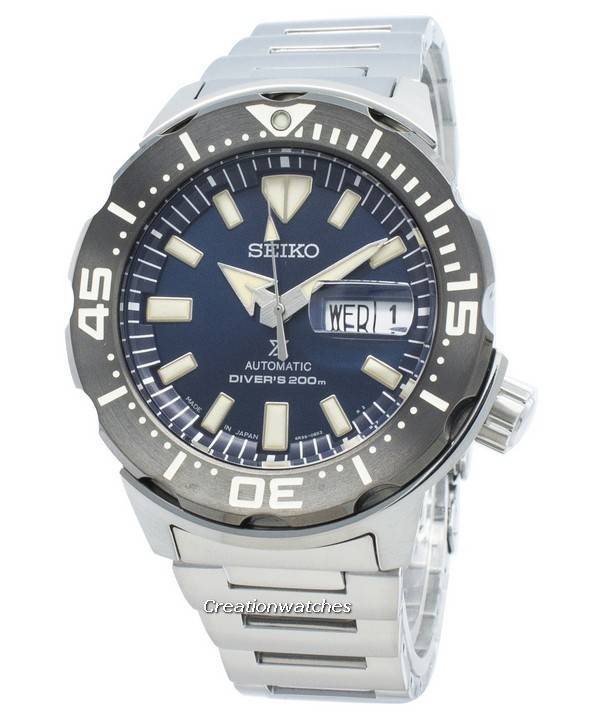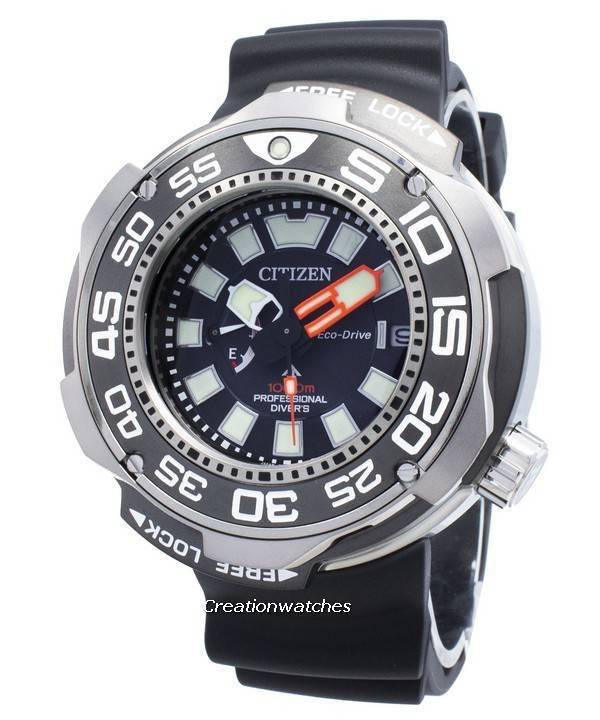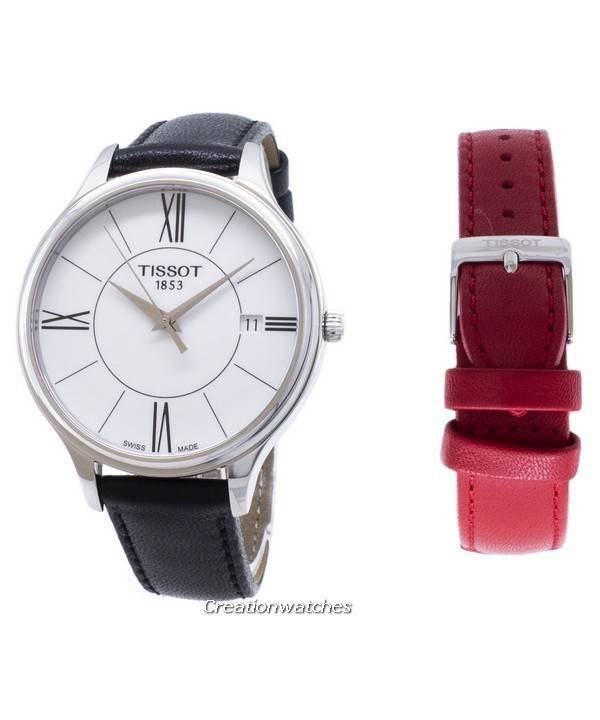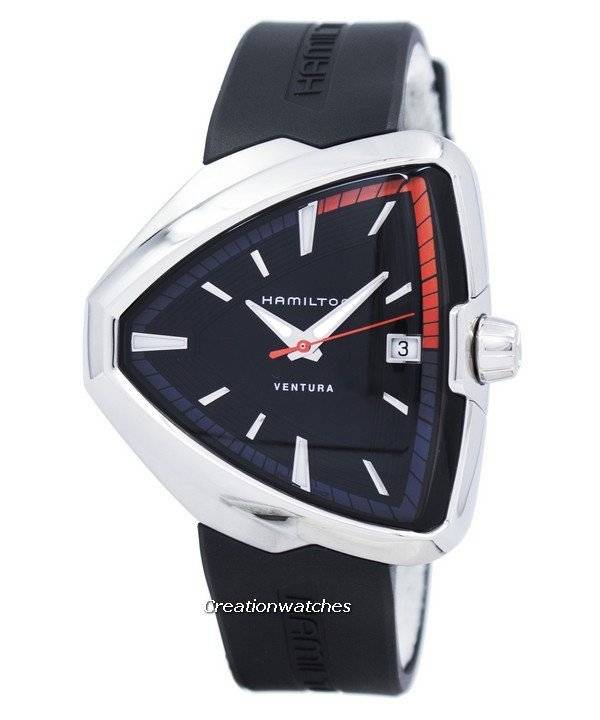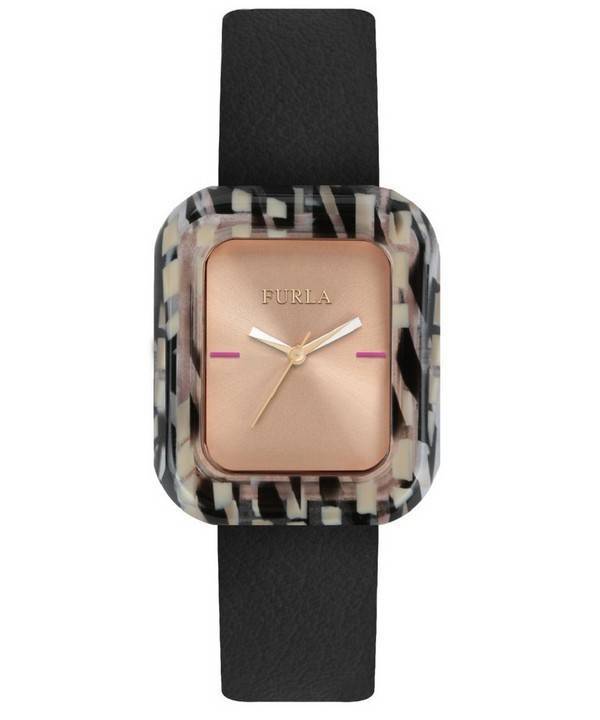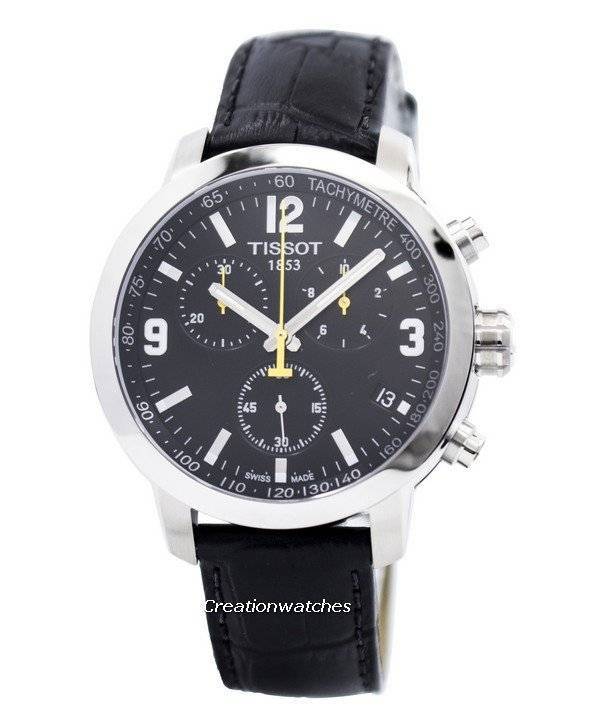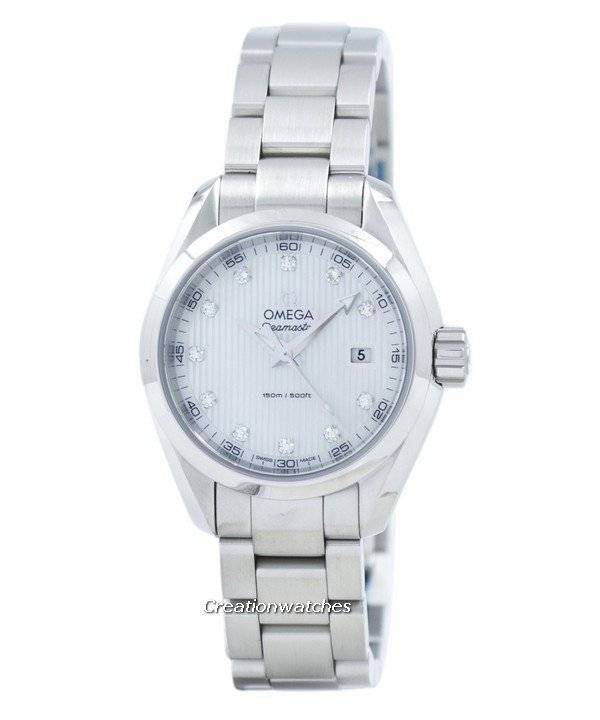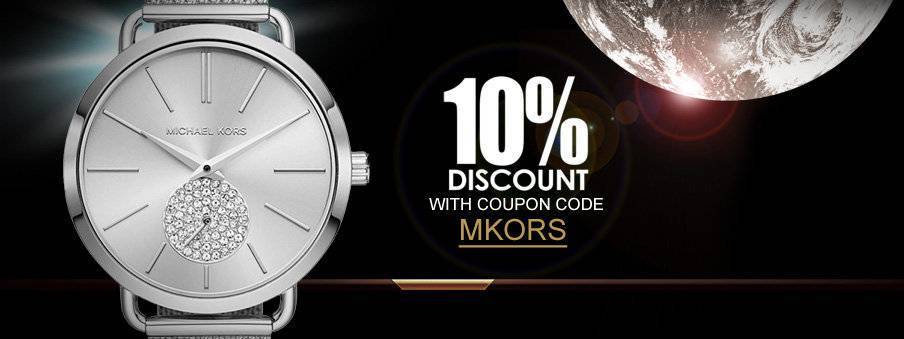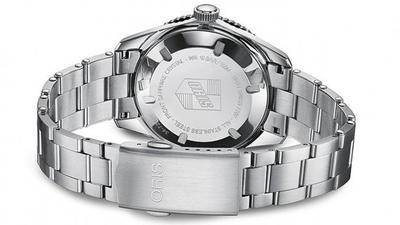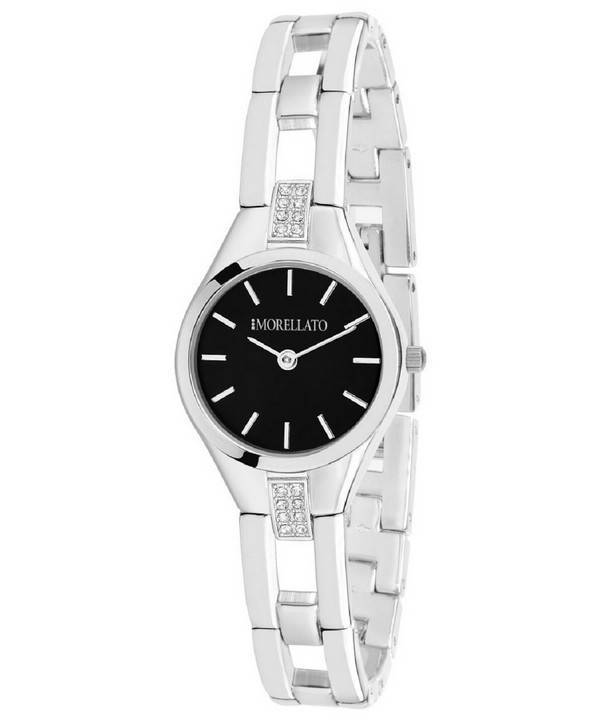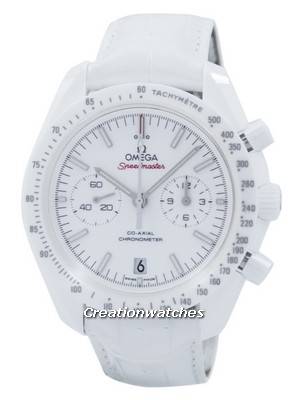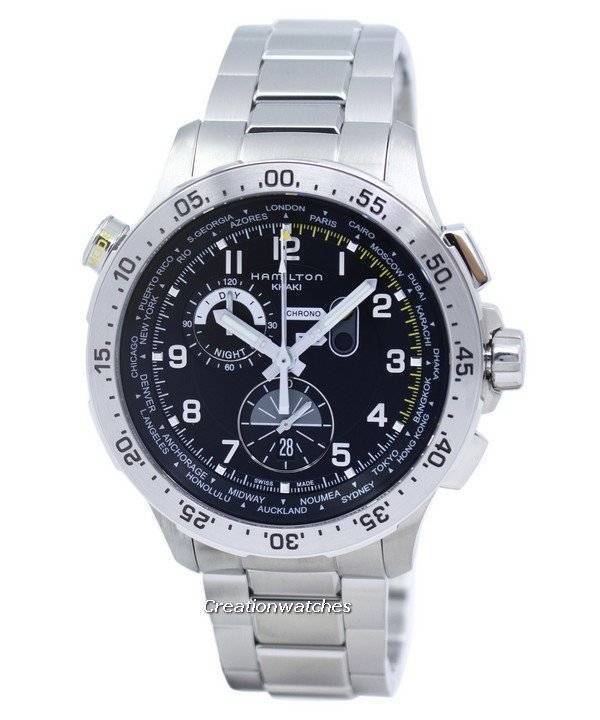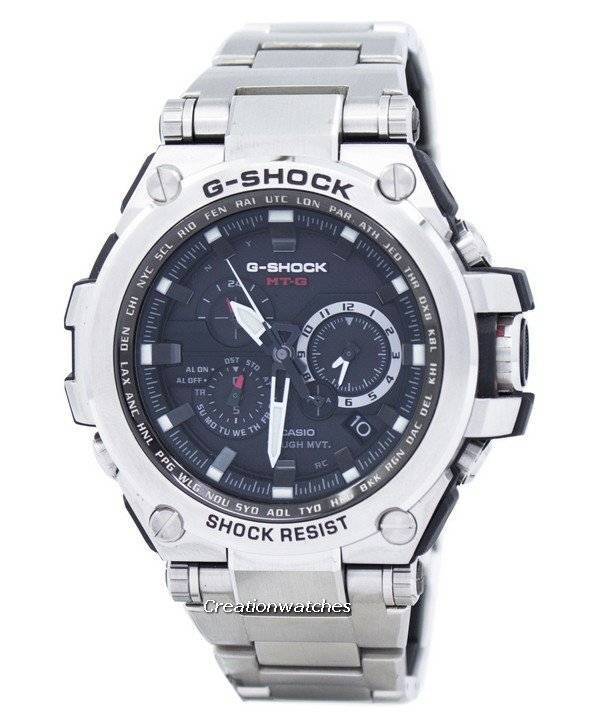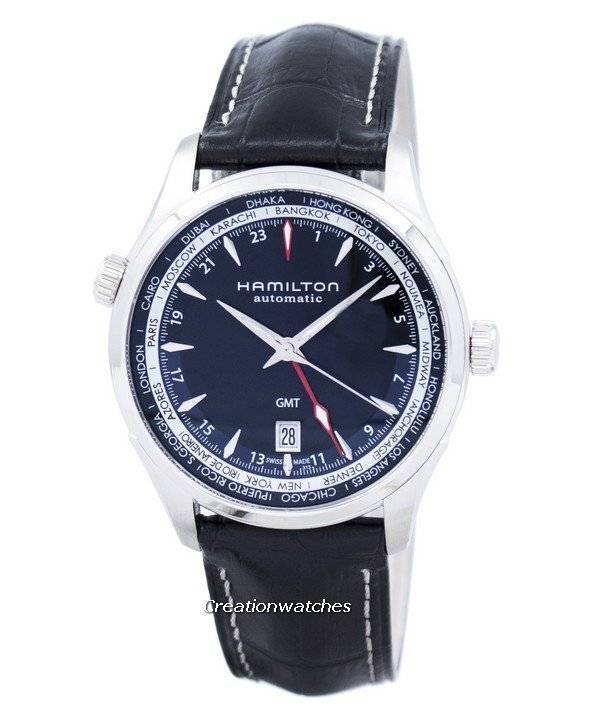How the Watch Became Popular
Many centuries ago the wristwatch was unheard of; clocks – more properly known as timepieces – had been around for some time, but there were problems with accuracy. Of course, technology improved – as it does today – and movements became more accurate, but even in the late 19th century the choice was for a pocket-watch, a usable and very smart item that is now eminently collectable. Accuracy in timepieces had become a hot topic in the days when explorers set sail on great ships to find the New Worlds, for navigation was made much easier when time was measured accurately, and in the 17th and 18th centuries there were great developments in the movements of clocks, and the advent of miniaturisation can be seen at this time.

Moving forward, and it took the Great War of 1914-1918 to bring the wristwatch to popular attention. It was fine for generals and those in charge to refer to their pocket watches, but for the soldier in the trenches this was impractical. They took, ingeniously, to fastening their watches to cloth or leather, and attaching them to their wrists. This is the very origin of the wristwatch and, between the war years, they became fashion items for both men and women.
Change is something that is always difficult to handle in some quarters, and many of the more ennobled simply stuck with their pocket watches; this new fangled wristwatch was just a fad, they reasoned. They couldn’t have been more wrong, and the Swiss watch-making community took to making things smaller still, creating incredibly intricate miniature movements that were both thin and accurate to enable the development of wristwatches as we know them today. In those early days the wristwatch was a luxury, but improved manufacturing techniques led to it becoming an item for everyman before long.
Nowadays we take our men’s watches and Womens Watches for granted, but it pays to remember that this is a relatively recent invention. We are so used to change in the 21st century – for example, who would have though, thirty years ago, that the landline telephone would be all but obsolete by now – that we do not notice the continued improvements watchmakers bring to the market. This is partly because, as was the case a hundred years ago, we Buy Watches because they look and feel good, and because traditional styles will never go out of fashion.



